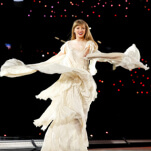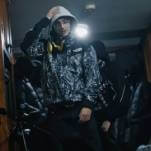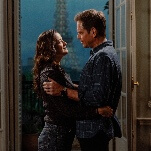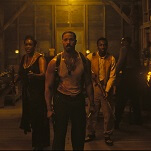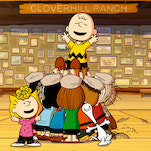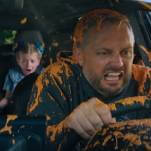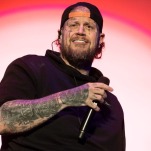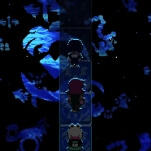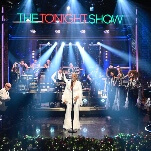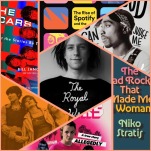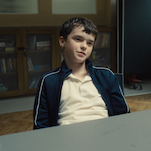Celebrate Halloween with Warm Bodies, the film that tried to make zom-rom-coms a thing
Image: Screenshot: YouTube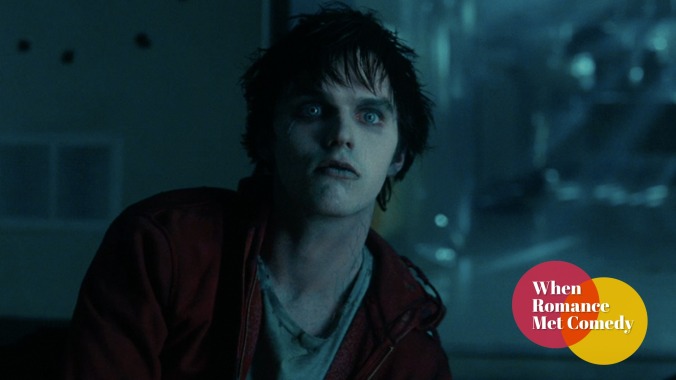
Can a girl fall in love with the guy who ate her boyfriend’s brains? In a genre filled with repetitive set-ups, you can’t deny that’s a unique rom-com pitch. While romantic comedies have long had Christmas, Valentine’s Day, and even New Year’s Eve on lockdown, 2013’s zombie romance Warm Bodies is one of the few rom-coms that’s Halloween-appropriate. It aims to be scary, funny, and romantic all at once. And though it never quite succeeds at any of those things (you might even say it bites off more than it can chew), Warm Bodies at least deserves points for originality.
Based on Isaac Marion’s 2010 novel of the same name, Warm Bodies stars a post-X-Men: First Class, pre-Mad Max: Fury Road Nicholas Hoult as “R,” a semi-sentient zombie who doesn’t remember his old life or even his full name but maintains a deadpan inner monologue. The film’s highpoint is its opening scene, in which R narrates his existential crisis while aimlessly roaming through an abandoned airport. “What am I doing with my life? I’m so pale. I should get out more,” he self-flagellates. “I just want to connect. Why can’t I connect with people? Oh, right. It’s because I’m dead.” Yet when R finds an unexpected spark with spirited human survivalist Julie (Teresa Palmer), he discovers that the undead might have a second chance at life.
In retrospect, Warm Bodies is the all-but inevitable intersection of two major cultural trends. On the one hand, writer/director Jonathan Levine (The Wackness, 50/50) is pulling from a long tradition of zombie comedies, which enjoyed a modern resurgence thanks to Edgar Wright’s uproarious 2004 film Shaun Of The Dead. 2009’s Zombieland continued that trend to even bigger box office success, and like both of those zom-coms, Warm Bodies uses the metaphor of the zombie apocalypse to explore the apathy and isolationism of a certain brand of 21st-century nerdy male slacker (a topic Levine frequently explores). Shaun Of The Dead and Zombieland both center on men who’ve lost their connection to the human world and must rediscover it during a zombie crisis. Warm Bodies takes that idea one step further by making its protagonist an actual zombie.
That’s an unusual twist for the zombie genre, but it makes perfect sense within the context of the second big cultural trend that influenced Warm Bodies: the paranormal teen romance phenomenon of the late 2000s/early 2010s. Stephenie Meyer’s 2005 vampire teen romance novel, Twilight (which itself emerged to fill the gap in the YA market left behind when the Harry Potter book series ended) kicked off a brief cultural obsession with pairing everyday human teens with sexy supernatural creatures—from aliens (I Am Number Four, The Host) to monsters (Beastly). The supernatural romance trend eventually gave way to YA dystopian thrillers like Hunger Games and Divergent, which have a bit of an influence on Warm Bodies too. As Shannon Purser smartly observed while promoting her Netflix rom-com Sierra Burgess Is A Loser, there’s a whole generation that grew up getting their love stories from intense genre fare, not romantic comedies.
Warm Bodies—which was distributed by Summit Entertainment, the same studio that turned the Twilight books into a multi-billion dollar film franchise—provides a bridge between those epic genre love stories and the recent return to more lighthearted romances. Though Simon Pegg and Edgar Wright referred to Shaun Of The Dead as a “rom-zom-com,” Pegg was using the term to describe the friendship between Ed and Shaun. Warm Bodies is an actual rom-com, one that goes so far as to put a human/zombie love story right at its center. It’s more romantic than Shaun Of The Dead, but also much more comedic than the saga of Bella and Edward. Twilight is about how cool it would be for a handsome, brooding bad boy to fall in love with you. Warm Bodies is about how awkward and anxiety inducing it is to have a crush.
Hoult worked with Cirque du Soleil performers to create his zombie physicality, and he gets a silent film star’s worth of mileage out of his hilarious facial reactions. His meet cute (meet creepy?) happens when he and his fellow zombies attack Julie and her friends on a supply run. R decides to save Julie, however—partially because he feels an innate pull towards her and partially because he just ate the brains of her boyfriend Perry (Dave Franco) and therefore inherited all of Perry’s memories of their courtship. R takes Julie back to the abandoned airplane he calls home, and the two slowly bond over his love of vinyl records and her love of cars. Warm Bodies mines solid laughs from exaggerating the anxieties of flirting to zombie proportions. R awkwardly lumbers towards Julie while internally intoning, “Don’t be creepy, don’t be creepy, don’t be creepy.”

